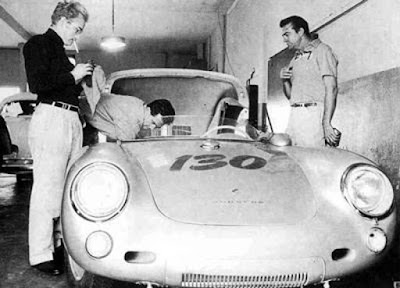I’ve long since
outlived the core demographic for superhero films, yet when I find out
such-and-such a movie is one of the most expensive ever made, I’m drawn to it
like moth to flame. So I squandered more than 2 ½ hours of life watching
Avengers Infinity War on Netflix. This is a movie that cost almost $400 million
to make and has so far recouped more than $2 billion – with a B – worldwide.
Big Business, this. So I wanted to see what $400 million looks like burning up
on a screen. My screen, as it turns out, since I had no desire to drop $15 on a
theater ticket when the flick came out last April. Sitting in a packed
auditorium with 13-year-old boys chattering like monkeys is not my idea of fun.
So what does $400 million look like on fire?
It looks like a
lot of computer-generated imagery supplemented by noise, more characters with
speaking parts and convoluted backstories than I care to count, planets where
anyone can breathe without oxygen tank assistance and phenomenally powerful,
mystical devices with names I am ill-prepared to pronounce.
No way I could summarize the plot
here, beyond the observation that the antagonist looks like an oak tree covered
in shit and he wants magic stones to fit in his metal glove (or
"gauntlet," if you want to be particular about it) so he can
obliterate half the life in the universe by snapping his fingers, which makes
him marginally worse than Hitler. Or possibly Trump. When his glove is fully
tricked out, this tuff guy looks like he's been accessorizing at boutiques
favored by George Michael. The villain’s name is Thanos, which I do know is
derived from the Greek word for “immortality,” suggesting he’ll be a tough
bastard to beat when the next installment of this franchise opens in April
2019. Marvel excels at cliffhangers; keep 'em coming back for more.
You can read this film as an
anti-capitalist screed, as some have, though that seems ludicrous given the
amount of money these Marvel films make. You can read the film as a dire
warning on totalitarianism, though I’m skeptical the world really needs such
another warning, given the prevalence of mad would-be tyrants running amok
these days.
Was I entertained? Marginally. I
have a kickin’ surround sound system and it got quite a workout from all the
booms and bangs. For my own troubles, I got a three-Aleve headache and a bunch
of questions I suspect can only be answered if I watch earlier Marvel films and
get caught up on who’s who and what’s what, which I am not wont to do. I also
wonder how much good could be done in the world with $400 million, rather than
give Robert Downey Jr. profit participation so he’ll have money to go buy
another bong.
At 2 hours and nearly 40 minutes,
calling the film Infinity War almost seems like truth in advertising.
Behold the churlishness of a
middle-aged man, a film snob whose preferences run to black & white foreign
films with beautiful women and subtitles. I should have known better.
Cinema Uprising copyright © 2019 by Steve Evans. All rights
reserved.
















